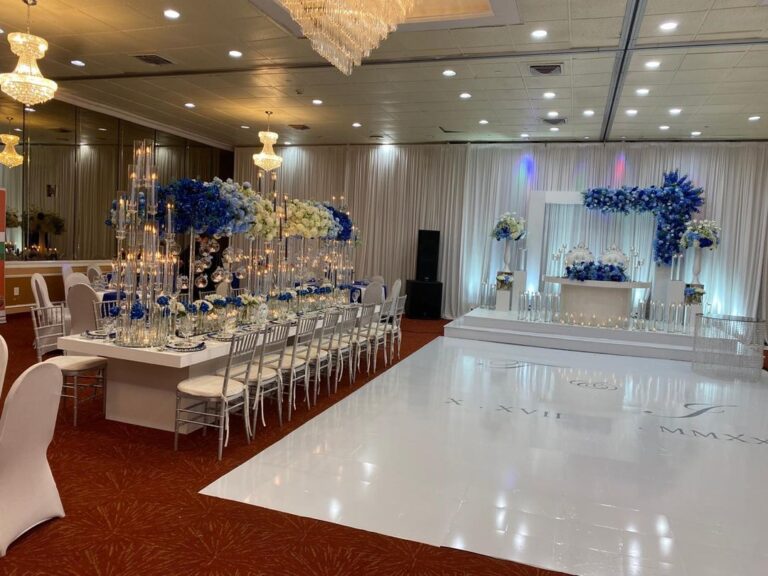Enhancing Creativity Via Color Concept for LED Movement Floor Layouts
Enhancing Creativity Via Color Concept for LED Movement Floor Layouts
Blog Article
Color concept represents an important aspect of design, particularly as it comes to creating light-emitting diode dancing surfaces. The interplay of colors can significantly influence the mood and vibe of a space. By grasping how colors function together, creators can craft an environment that enhances the total experience for dancers. This article examines the basics of color theory and its use in light-emitting diode dance floor layouts.
The main colors are red, blue, and yellow. These hues cannot be created by blending other hues together. Intermediate hues, such as emerald, tangerine, and purple, are created by mixing primary colors. Third-level hues are created by combining a main hue with a intermediate hue. Grasping these basic connections helps designers choose colors that complement one another and produce a aesthetically appealing display. Combining these colors on an light-emitting diode dance surface can result to vibrant and stimulating outcomes that attract the attention of dancers.
Hue value also holds a key part in aesthetics. Colors can be categorized as warm or cool. Warm hues, such as red, tangerine, and golden, often to elicit emotions of excitement and warmth. In contrast, cool colors like blue, emerald, and purple often create a calm and tranquil environment. Creators can use these color values to set the ambiance for different types of events. For instance, a celebration environment may benefit from warm colors that energize the audience, while a further relaxed event might use chill hues to offer a calming effect.
In furthermore to hue combinations and value, luminosity and intensity are vital elements to take into account. Luminosity denotes to how light or dance floor rental for family gatherings dim a color looks, while saturation measures the intensity of a hue. Vivid, intense colors can create a vibrant and energetic atmosphere, ideal for dance floors. On the contrary hand, gentler, less saturated hues can generate a further subdued environment. By manipulating dance floor rental for weddings brightness and intensity, creators can draw attention to particular areas of the dancing surface or create visual routes, leading dancers through the space.
Finally, it is crucial to take into account the psychological impacts of hue in LED dance surface designs. Various hues can evoke various feelings and reactions. For example, red is frequently associated with passion and vitality, while blue can be soothing and peaceful. Grasping these connections allows designers to tactically apply colors to influence the actions of participants. By integrating hue principles into LED dance surface layouts, creators can enhance the overall encounter, making it unforgettable and enjoyable for everyone participating.